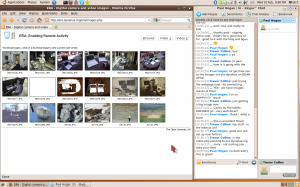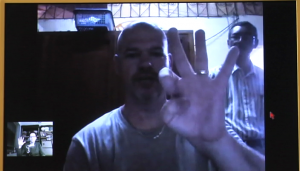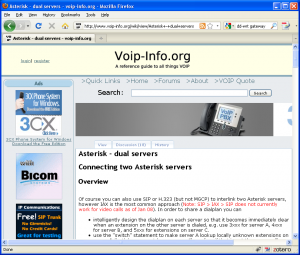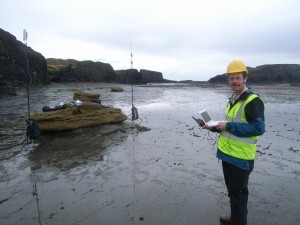We’ve been fortunate enough to try out the JANET Portable WLAN set up between the Open University and a live volcano in Nicaragua! This certainly wasn’t planned for when we started, but never turn down a fantastic opportunity to really test “in the wild” when you get a chance…
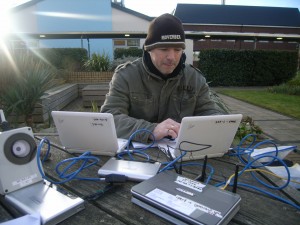
Paul testing equipment. The next time you see this man, he'll be on a live volcano!
One of our colleagues, Paul Hogan, has been asked to help develop an Augmented Reality (AR) application for the iPhone and see if this could support geophysicists and environmental scientists exploring a volcano in Nicaragua. The Earth Sciences team, led by Dr. Hazel Rymer, kindly invited Paul to come out to the volcano. Paul’s been helping us with ERA development, one conversation led to another, and we’ve ended up being given the opportunity to try some Portable WLAN tests from the volcano back to the Open University. If we succeed, this might provide some useful communication tools to allow them to work with colleagues who are not able to get out to the volcano, or perhaps help the scientists on the volcano to access expertise or resources from elsewhere, live.
So we’ve been training Paul up on using the ERA equipment, and we’ll be trying to establish BGAN satellite and 3G phone network connections between him on the volcano and us in the less tropical Milton Keynes this February. A very exciting opportunity indeed, watch this blog for progress reports.
